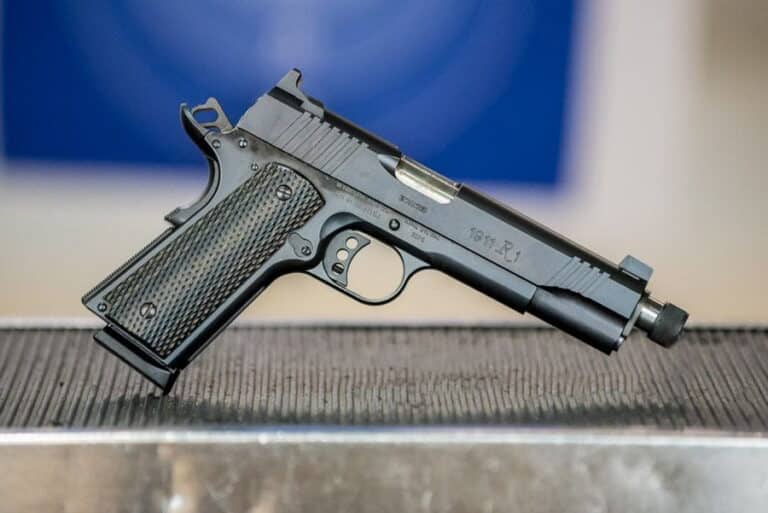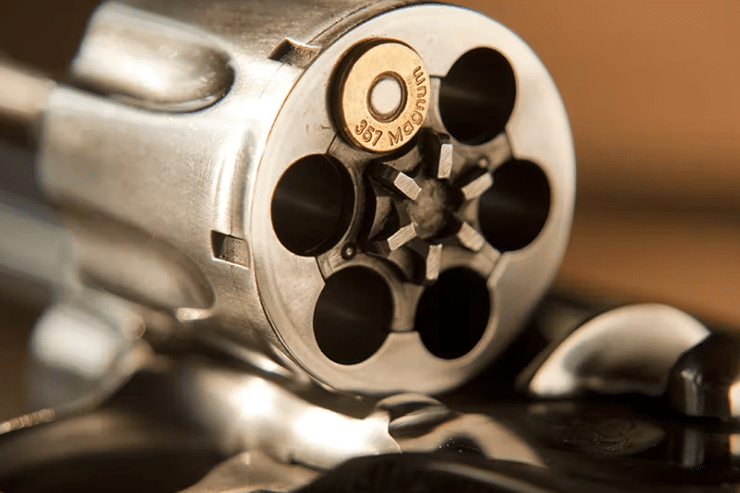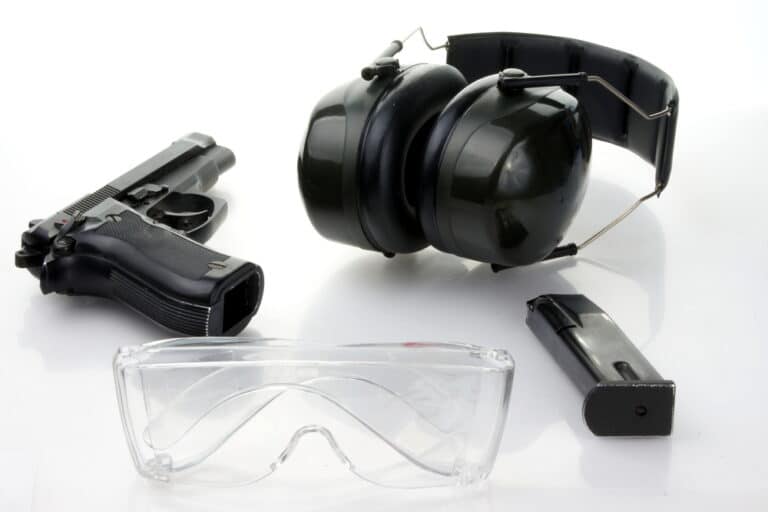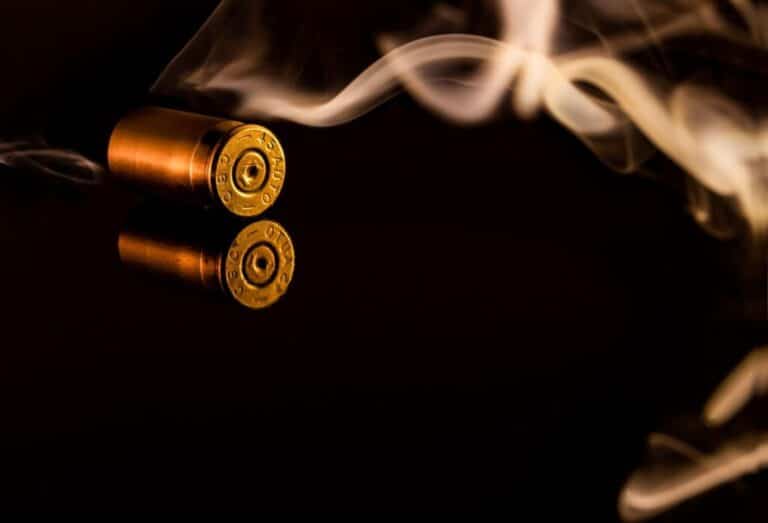How Indoor Shooting Ranges Stop Bullets
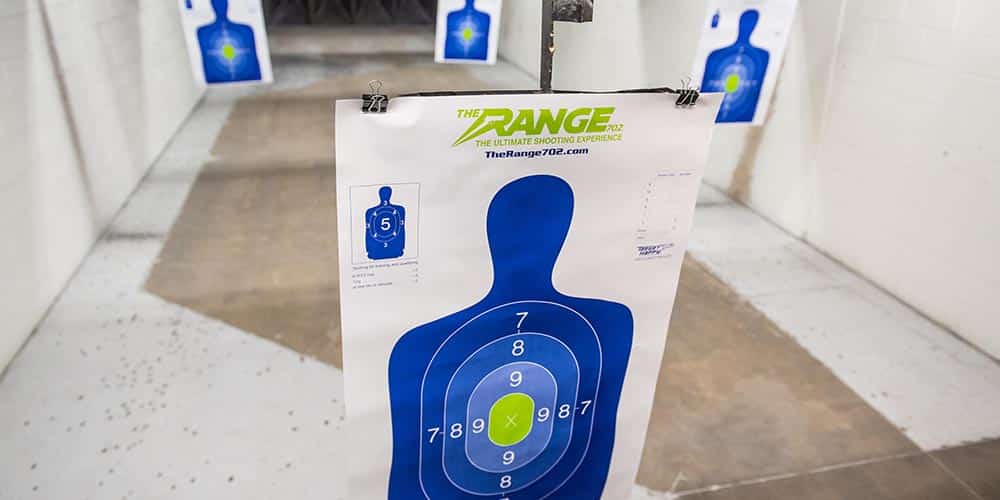
If you’ve ever been to an indoor shooting range, you may have wondered how they manage to stop the bullets from going through the walls or ricocheting around the building. Indoor shooting ranges are meticulously engineered with specific materials to completely stop bullets in their tracks, making indoor shooting a completely safe and enjoyable activity.
What is a Bullet Trap?
As the name suggests, a bullet trap is a device designed to stop the bullets at a shooting range. Bullet trap designs can vary depending on the shooting range, but the ultimate goal is the same. A bullet trap is essential because its responsibility is to keep bullets from flying off and hitting anything else.
Types of Bullet Traps
When a shooting range is being designed, there are a number of factors that should be considered before choosing which type of bullet trap will work best for that facility. These include lead management, noise reduction, space or footprint, safety (of course!), upfront cost, air quality, cost and ease of installation, maintenance, and the type of shooting activity in the firing range.
Some variations of bullet traps include:
- Vertically-designed bullet traps – These traps have the advantage of slowing down gravity and collecting the bullets. This is a unique system that allows you to connect to the inside walls of your shooting range that envelopes the bullet traps. If the goal is to contain rounds, vertically-designed bullet traps are far superior as compared to a horizontally-designed one.
- Free-standing bullet traps – Also known as modular bullet traps, these require no structural support or even any form of modification to the building. All it needs is a flat concrete floor.
- Steel bullet traps – These are designed for heavy volume use. Steel bullet traps can stop all of the standard handgun rounds as well as rifle rounds of up to 7.62 and a velocity of about 3,000 fps. Steel bullet traps collect bullets easily, so lead management is simplified.
- Granulated rubber bullet traps – This type of trap has one of the lowest costs on the market. In addition, it offers flexibility for smaller shooting ranges and forensic laboratory ranges. This is because it has a ballistic capacity, self-healing properties, as well as a small footprint. It seals the bullet’s path after the round has pushed through the surface resulting in the safe capture of the bullet.
What’s the Science Behind Stopping a Bullet?
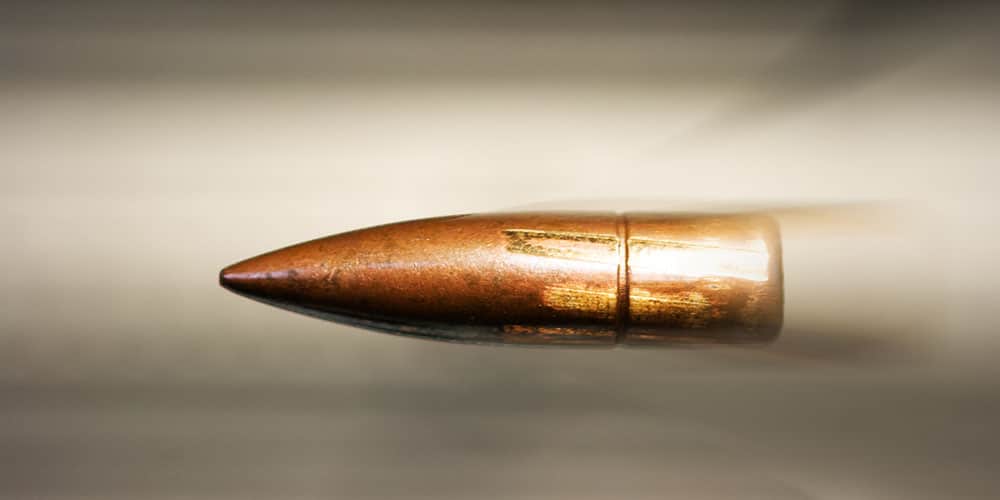
Bullets are not easy to stop because they travel at such high velocities. When a bullet is projected from a firearm, it possesses energy due to its mass and motion. This is referred to as kinetic energy. In order to stop it, the kinetic energy needs to be absorbed and transferred from the bullet into something else. This is where bullet traps come in.
When a bullet hits the bullet trap, the specific design and materials of the bullet trap are made to absorb the kinetic energy of the bullet. In the case of steel bullet traps, the steel plates are angled very precisely to achieve a deflection into a bullet trap rather than penetration or ricochets. The bullet is stopped by transferring its kinetic energy to the materials in the bullet trap.
What Happens to the Bullets After They Are Stopped?
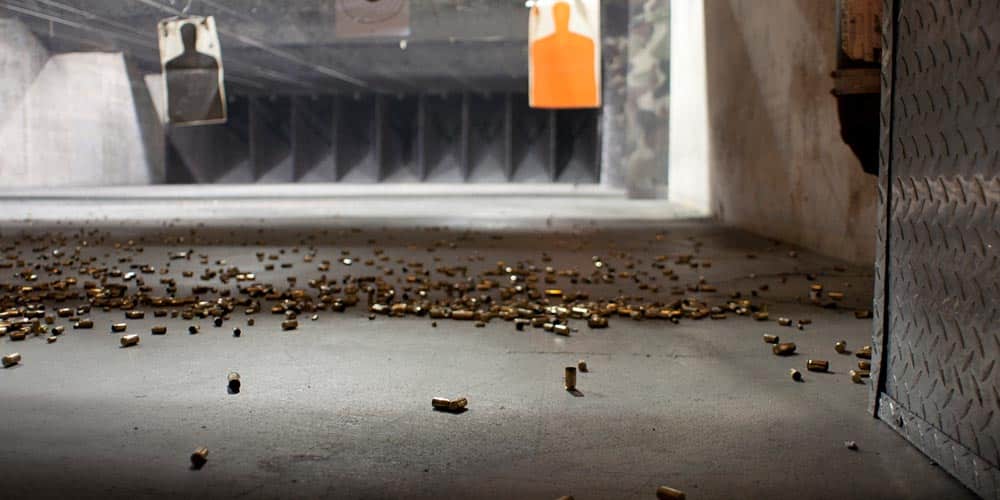
Most indoor shooting ranges have a lead collection process connected to their bullet traps that will minimize lead exposure for customers, as well as staff and those maintaining the range. This is important because the lead found in bullets can be toxic if not cleaned out of the trap regularly and thoroughly.
For this reason, many indoor shooting facilities utilize a steel bullet trap which is very efficient at collecting bullets without much downtime for the range. There is also less lead exposure when compared to rubber traps that generally need to be taken apart and mined to remove all the bullets, a much more time-consuming and painstaking process.
Why Do We Need Additional Safety Equipment if Bullet Traps Are Safe?
Bullet traps are made to stop bullets and prevent ricochets, but there are other risks involved with shooting in an indoor shooting range. For example, firearms can be very loud and will eventually cause hearing loss if you do not use proper safety equipment.
Other safety equipment and materials used in an indoor gun range:
● Eye and Ear Protection
● Shooting Bench
● Target Frame
There are things you should and shouldn’t do at a shooting range. It’s important to remember everything is in place to ensure your safety and the safety of those around you while shooting at a gun range.
Now that you have a better understanding of how indoor shooting ranges are able to stop bullets and other safety measures, the Range 702 also offers exclusive classes that include firearm safety instructions and other introductory classes that will help you understand the basics of how to safely and responsibly handle and shoot a firearm.

